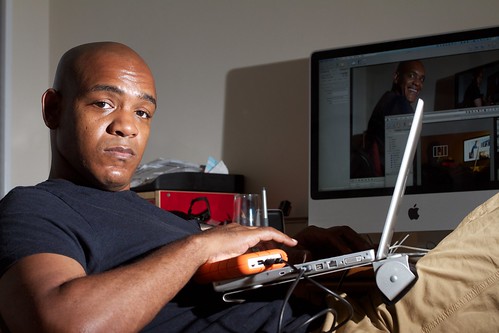 Elias [8/365]It’s been a minute since my last post (or 146,044 minutes, according to Wolfram Alpha), but I just wanted to make a quick update to point you to my latest personal photographic endeavor. It’s called Project 365, and the basic premise is that you take a photograph every day for a year. There’s a dedicated site and community built around the idea, but I opted to go the Flickr route, where I created a set and joined a Project 365 group.
Elias [8/365]It’s been a minute since my last post (or 146,044 minutes, according to Wolfram Alpha), but I just wanted to make a quick update to point you to my latest personal photographic endeavor. It’s called Project 365, and the basic premise is that you take a photograph every day for a year. There’s a dedicated site and community built around the idea, but I opted to go the Flickr route, where I created a set and joined a Project 365 group.
I’ve been having a ton of fun with this exercise, and I’ve also been learning about myself as a photographer. It forces discipline by making me shoot every day. Yes, I’ve often been caught at 11:50pm running to go and shoot a picture of my cat before midnight, but I still think that the quality of my photographs has gone up overall, simply because I don’t want to include crappy images in this project.





